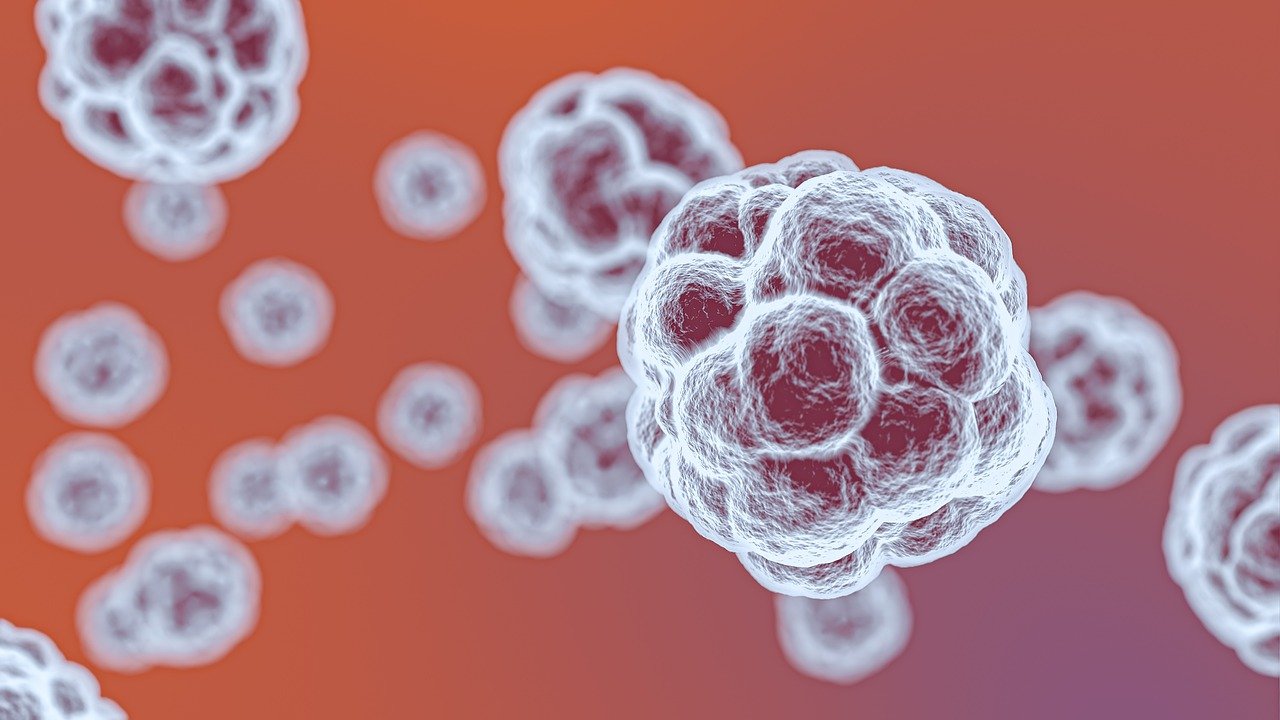Recently, the U.S. Centre for Disease Control and Prevention has revised its guidelines regarding quarantine time for people who have had exposure to the coronavirus infection from fourteen days to seven days. The change has caused much confusion especially now when the number of new infections has become even higher.
On one side, the agency recommends people to prioritize health and stay at home rather than going outside to reduce the risk of catching the virus while on the other it has decreased time for isolation which can encourage people to go out earlier.
The decision may seem contrasting to other instructions of the CDC but it can actually help in decreasing the risk of coronavirus spread. However, in reality, the change has been made after much discussion into the matter and is not as simple as it seems.
The revised guidelines for quarantine time state that a person without symptoms needs to stay inside and isolate for at least ten days. For people who have no symptoms and have tested negative, the time period is seven days only.
The reason for this is that testing before the quarantine period can actually help in controlling coronavirus spread.
Read the latest CDC briefing here.
Without a negative test, the risk of transmitting the virus after quarantine is 1.4 percent. In comparison, quarantine combined with a negative test result can bring down the risk to 0.3 percent.
Another reason for the decreasing of the self-isolation time period is to reduce the negative outcomes and challenges it poses for a large number of people. Due to the fourteen days requirement, many people are unable to work, which increases their economic hardship.
Economic uncertainty has been a major problem most of this year for a big portion of the global population. Therefore, there should be efforts to tackle the issue and make the quarantine period easier rather than even more difficult and stressful than it is already.
In addition, the reduction in time can also encourage more people to follow the instructions regarding quarantine from the CDC, which, in turn, can help in controlling coronavirus infection spread.
RELATED: Rising Levels of THC in Cannabis Increases the Risk for Addiction
It is important to remember that the change has also been made for people without symptoms and those who have tested negative. In case a person has visible symptoms or has tested positive, it is better to self-isolate for a longer period of time.
During this time, avoid talking to family members, wear a mask, wash hands frequently, and take medicines on time after consulting with a doctor.
For people who plan to travel, try to take a test no longer than three days before departure and take a test again in four to five days after reaching the destination.
At all times, remember to follow guidelines for coronavirus prevention as they are important and required regardless of the situation of the pandemic and the availability of coronavirus vaccine.
Keep in mind that while preventive measures can make a big difference and indeed provide protection from the coronavirus, the risk cannot be completely eliminated. Hence, it is better to delay meet-up and travel plans, especially in the upcoming few weeks.


